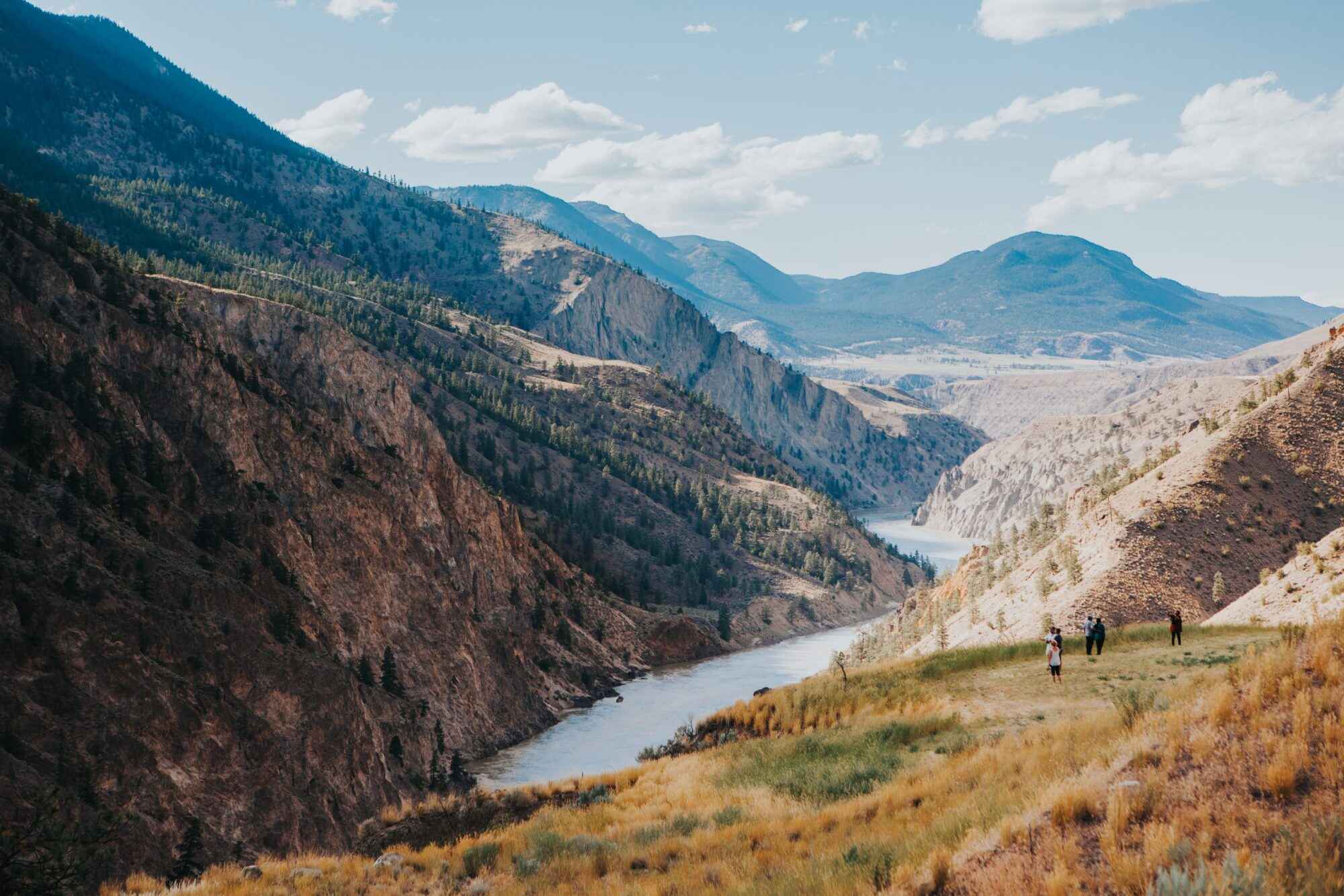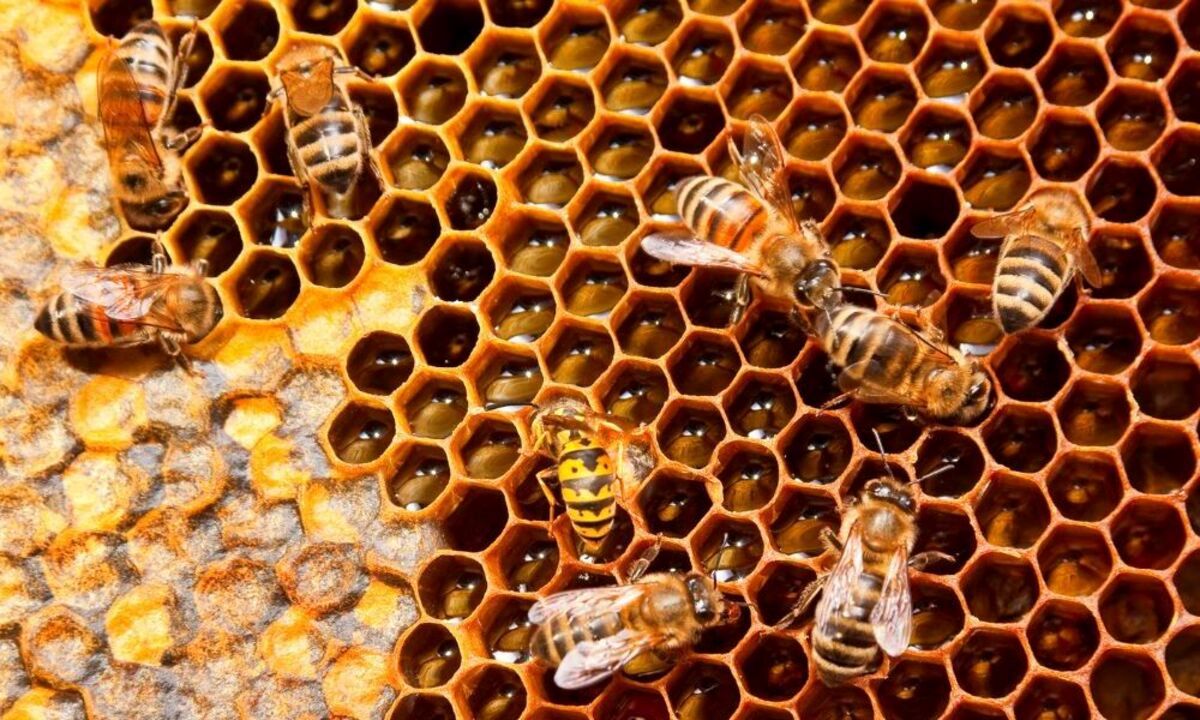
Are you ready to dive into the fascinating world of watersheds? Get ready to be amazed by these astonishing facts! A watershed is an area of land that drains water into a river, lake, or other body of water. They serve as the lifeblood of our ecosystems, providing water for plants, animals, and humans alike. From the largest watersheds on Earth to the incredible biodiversity they support, there is so much to learn and appreciate about these natural wonders. So, let’s embark on a journey to discover 18 astonishing facts about watersheds that will leave you in awe of their beauty, importance, and impact on the world around us.
Key Takeaways:
- Watersheds are like natural bowls that collect and direct water. They come in various sizes, influence water quality, and provide habitat for wildlife. Understanding and protecting them is crucial for clean drinking water and biodiversity.
- Watersheds are dynamic, constantly changing over time. They support agriculture, recreational activities, and even hydropower generation. Efforts to restore and conserve watersheds are essential for preserving their beauty and interconnectedness with nature.
The Definition of a Watershed
A watershed, also known as a drainage basin, is an area of land where all the water within it flows into the same river, lake, or other body of water. It is like a natural bowl that collects rainwater and directs it towards a specific outlet.
Watersheds Come in Various Sizes
Watersheds can range in size from small to large and can cover a few acres or span an entire continent. The largest watershed in the world is the Mississippi River watershed, which covers over 1.2 million square miles!
They Influence Water Quality
Watersheds have a significant impact on the quality of water in rivers and lakes. The vegetation, soil type, and human activities within a watershed can affect the level of pollutants and nutrients present in the water.
Watersheds Are Dynamic
Watersheds are not static; they constantly change and evolve over time. Natural processes such as erosion, vegetation growth, and changes in land use can alter the shape and characteristics of a watershed.
They Provide Habitat for Wildlife
Watersheds support a diverse range of plant and animal species. They provide vital habitat and resources for aquatic organisms, birds, mammals, and reptiles, contributing to the overall biodiversity of an area.
Watersheds Are Important for Flood Control
The shape and features of a watershed can affect how water is stored and distributed. Properly managed watersheds can help reduce the risk of flooding by absorbing and storing excess rainfall.
They Serve as Drinking Water Sources
Many cities and communities rely on watersheds as a source of drinking water. It is crucial to protect and preserve these areas to ensure the availability of clean and safe drinking water for future generations.
Watersheds Contribute to the Water Cycle
Watersheds play a vital role in the water cycle by collecting, storing, and releasing water to ensure the continuous flow of water through rivers, lakes, and underground aquifers.
They Connect Different Landscapes
Watersheds connect various types of landscapes, including mountains, valleys, forests, and plains. They act as natural corridors for the movement of water, sediment, and nutrients across different ecosystems.
Watersheds Can Span Multiple Countries
Some watersheds cross international boundaries, encompassing multiple countries. These transboundary watersheds require cooperation and collaboration between nations to manage and protect their shared water resources.
They Influence Weather Patterns
The shape and characteristics of a watershed can influence local weather patterns. Large bodies of water within a watershed can moderate temperature, influence precipitation, and even create their own microclimates.
Watersheds Support Agriculture
Many agricultural activities depend on watersheds for irrigation and water supply. Proper watershed management is essential to ensure sustainable agriculture practices and minimize water pollution.
They Can Face Threats
Urbanization, deforestation, pollution, and climate change pose significant threats to watersheds. These factors can disrupt the delicate balance of the ecosystem and have long-lasting impacts on water quality and availability.
Watershed Restoration and Conservation
Efforts are underway worldwide to restore and conserve watersheds. This includes reforestation, wetland restoration, implementing best management practices for agriculture, and raising awareness about the importance of watershed protection.
They Are Educational Resources
Watersheds offer unique opportunities for learning and education. They provide an outdoor classroom where students can study ecosystems, water conservation, and the interconnectedness of various natural systems.
Watersheds Support Recreational Activities
From fishing and boating to hiking and bird-watching, watersheds offer a wealth of recreational opportunities. They provide beautiful landscapes and diverse habitats for people to enjoy and appreciate.
They Can Be Used for Hydropower Generation
Some large rivers within watersheds are harnessed for hydropower generation. Dams and reservoirs are built to store water, which is then released in a controlled manner to generate electricity.
Watersheds Are a Source of Inspiration
The beauty and complexity of watersheds have inspired artists, writers, and poets throughout history. They symbolize the interconnectivity of nature and remind us of the importance of preserving and protecting our natural resources.
As we delve into the diverse and remarkable world of watersheds, it becomes evident that these natural systems are invaluable to the health of our planet. Understanding and appreciating watersheds is crucial for our collective efforts towards conservation and sustainability.
Conclusion
In conclusion, watersheds are truly fascinating and vital components of our natural environment. They play a crucial role in providing us with clean water, supporting diverse ecosystems, and offering recreational opportunities. Understanding the importance of watersheds and the impact of human activities on them is essential for their preservation.By exploring the astonishing facts about watersheds, we can gain a deeper appreciation for the intricate web of connections between land, water, and the environment. From their vast sizes to the numerous functions they serve, watersheds are intricate and dynamic systems that deserve our attention and protection.So, next time you are enjoying a glass of water or taking a hike near a river, take a moment to think about the watershed that contributes to these experiences. Let’s work together to conserve and protect our watersheds, ensuring a sustainable and healthy future for generations to come.
FAQs
1. What is a watershed?
A watershed is an area of land where all water, including rain, snowmelt, and runoff, drains into a common body of water, such as a river, lake, or ocean.
2. Why are watersheds important?
Watersheds are essential for providing us with clean drinking water, supporting diverse ecosystems, regulating water flow, and offering recreational opportunities.
3. How big can a watershed be?
Watersheds can range in size from a few acres to millions of square kilometers, depending on the size of the drainage basin.
4. Are watersheds affected by human activities?
Yes, human activities such as urban development, agriculture, and industrial processes can significantly impact watersheds by altering the quantity and quality of water, degrading habitats, and increasing pollution levels.
5. How can I help protect watersheds?
You can help protect watersheds by reducing water consumption, properly disposing of waste, planting trees and vegetation along water bodies, and supporting policies that promote sustainable water management.
6. Can I visit a watershed?
Yes, many watersheds have public access points, such as parks and nature reserves, where you can explore and learn more about their importance.
Watersheds are truly remarkable, shaping our environment in countless ways. From influencing water quality and weather patterns to supporting wildlife habitats and recreational activities, watersheds play a vital role in our lives. Understanding their complexities and the challenges they face is essential for effective conservation efforts. If you're curious to learn more about these incredible natural wonders, be sure to check out our other articles on watershed divides, management strategies, and intriguing facts that will leave you in awe of the power and beauty of watersheds.
Was this page helpful?
Our commitment to delivering trustworthy and engaging content is at the heart of what we do. Each fact on our site is contributed by real users like you, bringing a wealth of diverse insights and information. To ensure the highest standards of accuracy and reliability, our dedicated editors meticulously review each submission. This process guarantees that the facts we share are not only fascinating but also credible. Trust in our commitment to quality and authenticity as you explore and learn with us.


